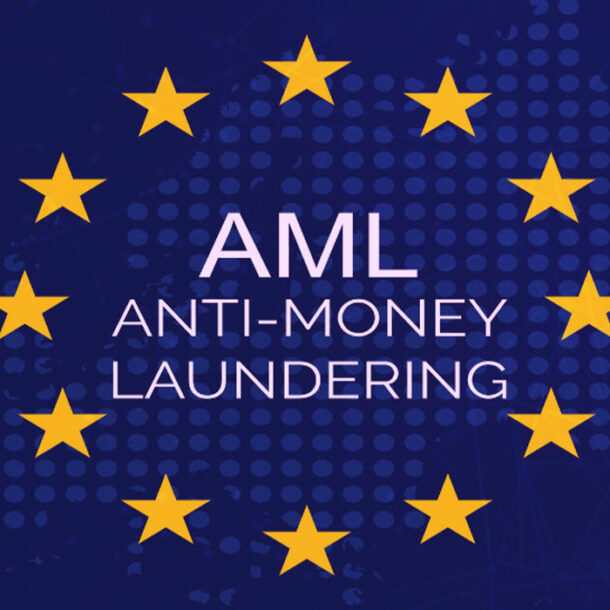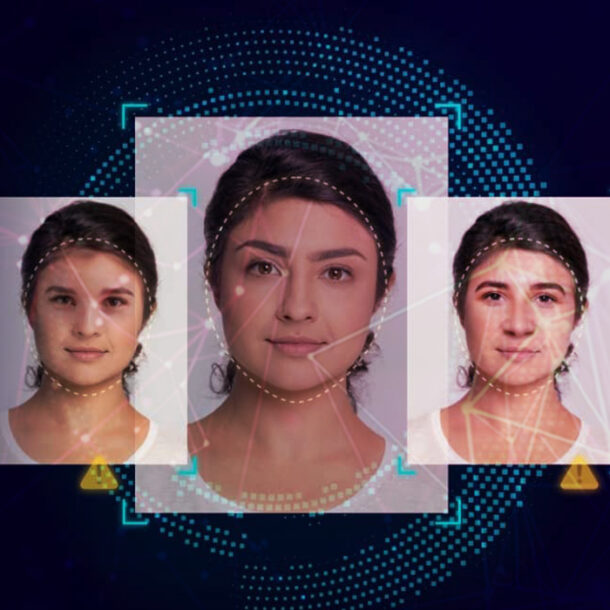

The Timeline of Anti-Money Laundering (AML) Directives in Europe
Money laundering stands out of all crimes in the European Union (EU) in terms of the effort to counter it. For over 30 years, the EU has established a series of directives to fight crime. Banks and financial institutions were







